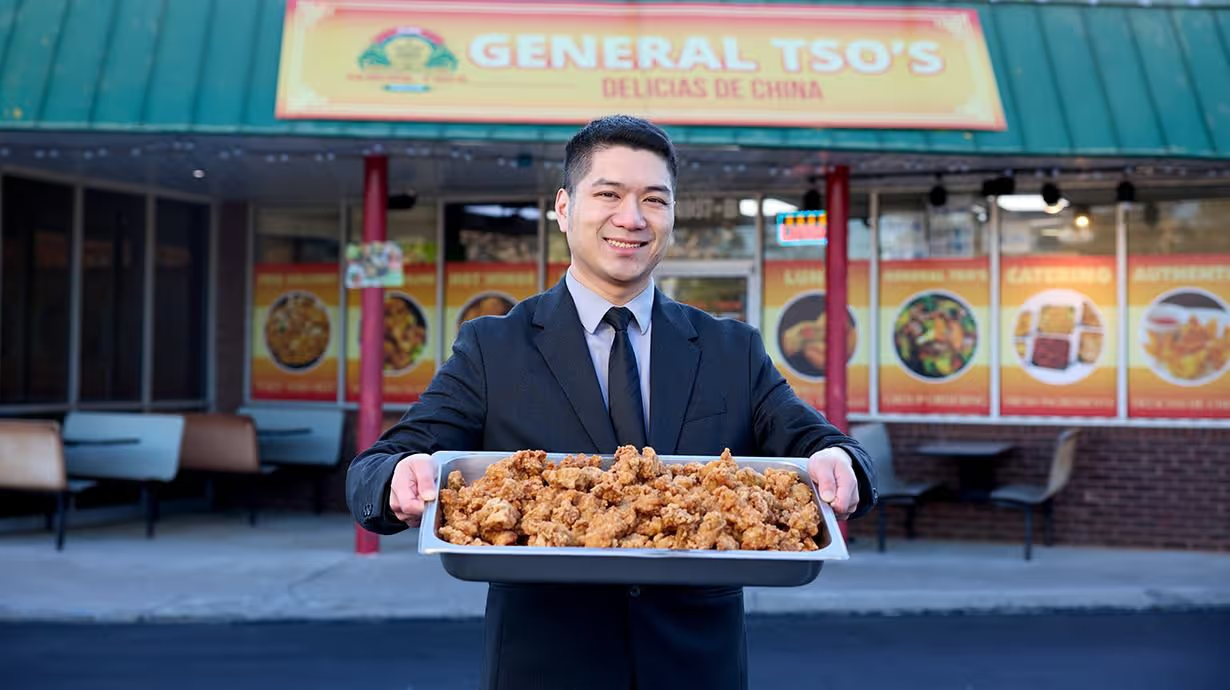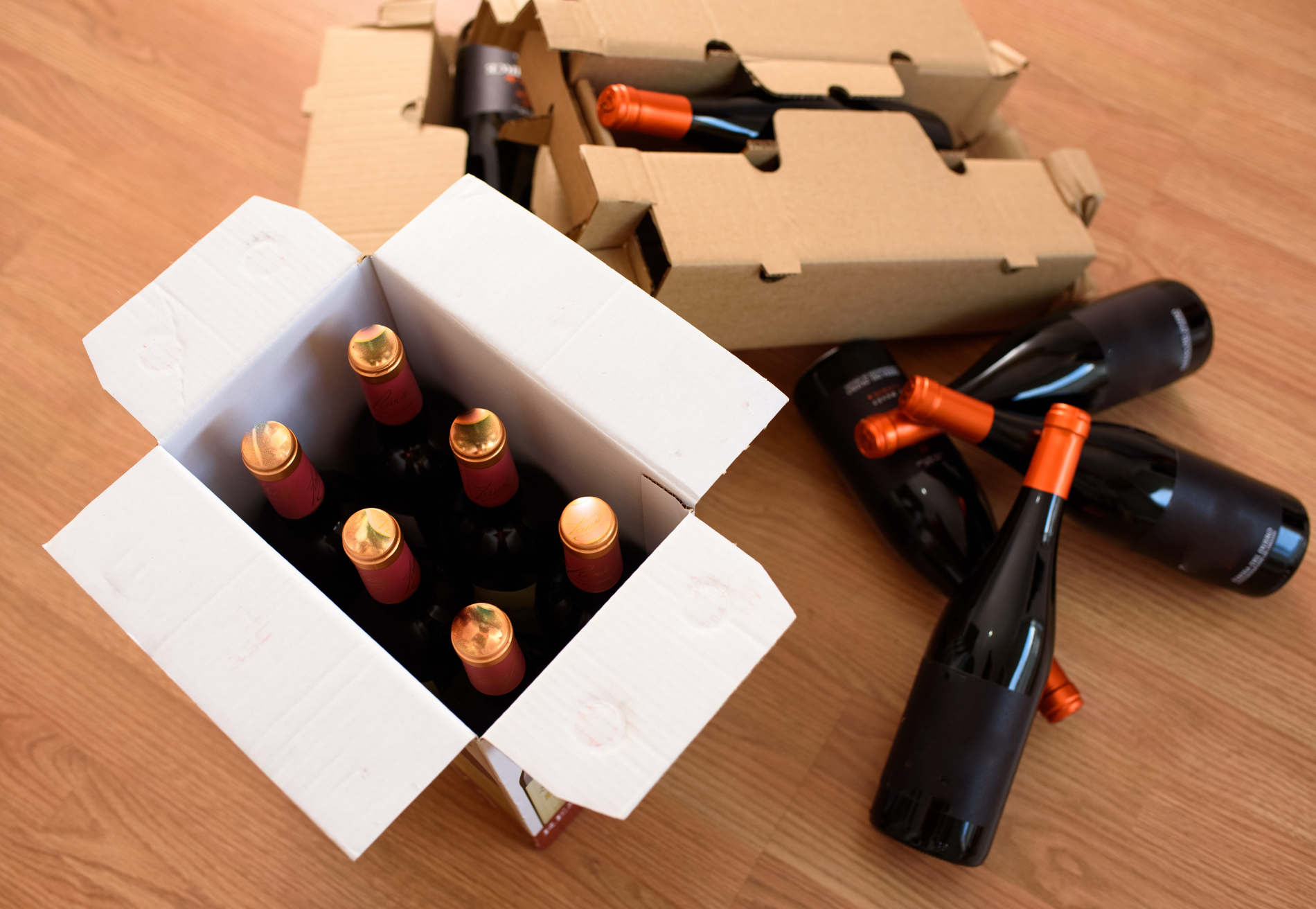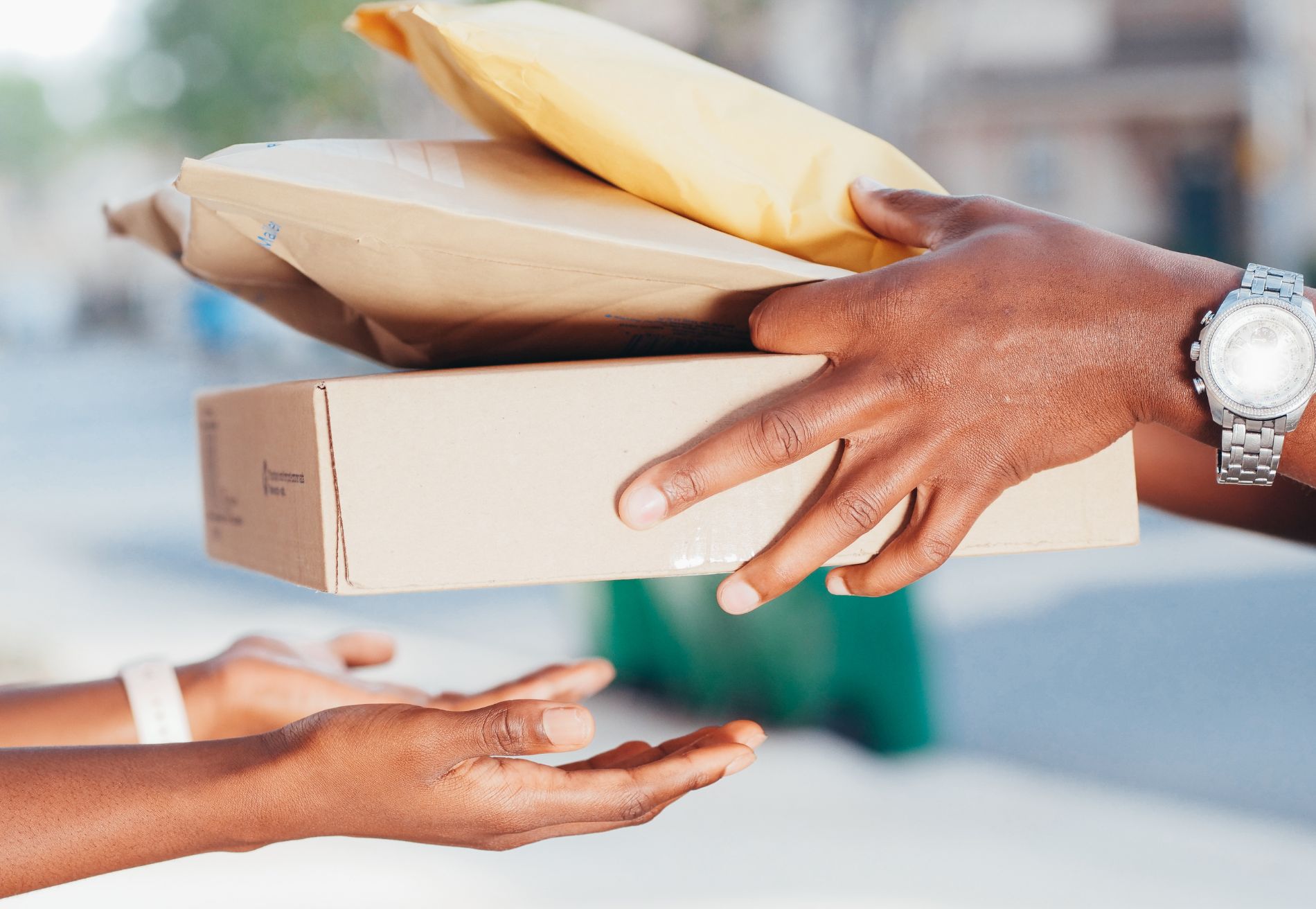Lessons Learned from Successful Ghost Kitchens

In our technology-driven world, it is no surprise that ghost kitchens are growing in popularity. Sometimes referred to as a “virtual kitchen,” ghost kitchens are professional kitchens outfitted with all of the equipment needed to produce restaurant-quality meals—without the dining room. Ghost kitchens typically fulfill meal orders placed online, whether their own business, for a small independent restaurant, or a national chain, and send that food out for delivery to hungry customers.
Each year, more food-trepreneurs are choosing the ghost-kitchen route for their business thanks in large part to their low-cost, low-risk nature. In fact, market research firm Euromonitor recently estimated that ghost kitchens could be a $1 trillion business by 2030.
6 Lessons from Successful Ghost Kitchens
Ghost kitchens are constantly evolving. With each new business, lessons are learned that can be used to better the future of the industry as a whole, as well as your own endeavor.
These six lessons are a great place to start:
1. Create Sub-Brands to Focus on Speciality Items
It is no secret that customers love a speciality store. They want to know that a business is a true expert in the field, providing only the best of the best. Few would buy a burger from a bakery, and even fewer would claim that the burger was the best in the world. This is why creating a ghost kitchen focused solely on offering specialty foods can be so successful.
Instead of offering a menu full of wide-ranging items, ghost kitchens should consider honing in on a few select specialty items to perfect for their target audience. This will help establish credibility in the market while setting you up for more sales. However, focusing on one niche doesn’t mean you have to ditch the rest of your menu completely. Instead, consider creating sub-brands that highlight each of your different speciality categories.
The Manhattan pizzeria Stone Bridge Pizza did exactly that by offering baked sandwiches—created with bread using fresh baked pizza dough, fresh herbs, and salt—as a specialty sub-brand called Rival Sandwich Co. After less-than-ideal sandwich sales at the pizzeria, they created this new ghost kitchen with the goal of selling the same sandwiches at a higher rate. They did just that, tripling the number of sandwiches sold in the first week alone.
More exclusive virtual brands are beginning to capitalize on this idea. These delivery-only restaurants exist only online and oftentimes are operating out of the kitchens of big chain restaurants. This business model was created to “sweat assets better," according to Brody Sweeney, CEO of Camile Thai Brody, which is operating a virtual kitchen called Shanghai Sally.
2. Incorporate Ghost Kitchens into Your Brick-and-Mortar Strategy
Ghost kitchens don’t always have to be 100% “ghost.” Although many delivery-only businesses thrive with the virtual setup offered by ghost kitchens, a number of brick-and-mortar restaurants are getting in on the action—and seeing great results.
Wendy’s has begun to focus on expanding into more urban locations via partner ghost kitchens located within shipping containers that are strategically placed in parking lots. From these unique kitchens, Wendy’s can serve a new customer base that their physical brick-and-mortar locations otherwise would not be able to.
A ghost kitchen is a great complement to a brick-and-mortar strategy. Because of their low start-up costs, ghost kitchens allow you to invest more time and money into the physical locations you have, while still meeting customers everywhere they are. Ghost kitchens provide the flexibility to serve your customers in a way that works for them, and you.
3. Test New Markets in a Low-Risk Way
With lower start-up and overhead costs than traditional dine-in restaurants, ghost kitchens are a low-risk way to test out a new market. Most ghost kitchen locations are located in shared facilities that charge their tenants on an hourly, daily, monthly, or yearly basis, giving you the opportunity to decide which is right for you and your budget. This rent is a small price to pay compared to the costs of launching a freestanding restaurant.
This creates an opportunity for small businesses to test what does and doesn’t work. Small businesses can learn more about their audience, like whether people actually want to buy what they are cooking. They can then make any needed changes before investing in a physical location. Ghost kitchens also allow small businesses to gain customers and brand recognition that will carry over to the success of their brick-and-mortar building.
National chains like Noodles & Company use low-risk ghost kitchens to see if a city will respond well to their presence. They actively run ghost kitchens to try to learn more about how new locations of their restaurant will work in certain areas before moving into town with a freestanding space.
4. Easily Meet Customers’ Changing Demand
Recent events have taught businesses—large and small—about the importance of adapting to a changing market. When the pandemic hit, businesses had to learn how to adjust. As time continues and consumer behavior changes, restaurants and grocery stores will once again have to meet a new set of demands.
The largest supermarket chain in the US, Kroger, is showcasing what it means to be flexible by partnering with the ghost kitchen start-up Kitchen United. Together, the two businesses are creating takeout and delivery food options from inside some of Kroger’s grocery store locations. This was inspired by a return in customer demand to in-person dining at restaurants, and a desire to meet those customers with similar freshly prepared meals.
5. Leverage Your Location
As a ghost kitchen, a major factor in your success will be how quickly and efficiently you can get your food into the hands of paying customers. If you are located in the suburbs and your target audience is half an hour away in the city, your delivery service will suffer. That is why finding the right ghost kitchen location is so important.
Since 2019, REEF Kitchens has been helping the businesses who are a part of their ghost kitchen setup get their food to the customers who truly want it. Made up of primarily parking lot locations, REEF Kitchens has helped not only small local delivery-only restaurants find success in urban areas, but also celebrity-fueled offerings.
“For us, it’s about thinking of the parking lot as a new urban hub that can bring goods and experiences to consumers where they live and where they need them most.” Carl Segal, REEF Technology
As you start your search for a ghost kitchen to open your restaurant—or if you are thinking about leaving your current lease—consider how close you are to your target audience. The closer you are, the faster the delivery will be, and the faster the delivery is, the happier your customers will be.
6. Choose the Right Local Delivery Software
The delivery software you use directly impacts the customer experience. That is why it is so important to take the time to find the best local delivery software for your small business. After all, when your software offers everything you need to carry out deliveries successfully, your ghost kitchen will be more successful.
The features you should look for in delivery software include:
- Easy-to-use dashboard: The main dashboard of your software should include areas for dispatching deliveries (added bonus if this can be done via an app), tracking drivers, and receiving delivery confirmation. You also should be able to input orders and edit existing orders all without having to leave the dashboard.
- Real-time driver location tracking: Make sure the platform you use works together with Google Maps or another map service so that you can easily view where all of your drivers are and your drivers can plan their route.
- Up-to-the-minute estimates: Your software should provide hungry customers with up-to-the-minute estimations as to when their food will arrive. This takes the guesswork out of their experience, leaving them more satisfied—even before they take a single bite.
- Order management: Both scheduled and on-demand orders need to be available to you for viewing, editing, and tracking. This includes updating delivery instructions, rescheduling a delivery, and assigning a driver.
- Automated and manual order input: Whether you choose to integrate with your e-commerce site for automatic order input or manually add orders, your software should have an option for both.
- Mobile app for drivers: The software should include a mobile app for drivers that gives them the ability to see their delivery que, delivery addresses, order details, navigation, customer contact information, delivery instructions, and a space to provide proof of delivery.
- Mobile app for businesses: Your delivery software’s mobile business app should provide all of the dispatch control panel functionalities available on a desktop version—but in a much more user-friendly smartphone or tablet setup. From adding drivers to tracking real-time locations of orders that are out for delivery, all of it should be possible with just a few simple taps.
Shipday’s delivery software for ghost kitchens offers small businesses all of this and more. Ghost kitchens use Shipday to easily get their food into the hands of customers, fast, with the option to automatically assign local deliveries to available drivers. These quick, 15-minute delivery services created by Shipday lead to happier customers who are more likely to make a purchase again in the future.
Start a free 30-day trial, no credit card required.
Continue Learning
There is always more to learn, whether you are brand new to the ghost kitchen business or are an experienced pro. Take your skills to the next level by continually seeking out new information that can better your business. Find a mentor who has accomplished goals that you have set for yourself. Stay up-to-date on all of the latest industry news and innovations. When you actively work to expand your knowledge, you will create new opportunities to grow your business.
Index
Ready to get started?
Play around with it first, add your team, pay later.








.avif)






%201.svg)
